The Making of a Screenplay: The Creative Process (Part 1)
Posted: April 25, 2016 Filed under: Screenwriting, Writing | Tags: beat sheet, creative process, Screenwriting, step outline, Writing 6 CommentsWriting for the screen is very different from literary writing, but there are also many similarities. Although my thesis project, The Life and Times of Bonnie Parker, is for the screenwriting emphasis, I obtained the first emphasis for my M.F.A. in Creative Writing in genre fiction, so I tend to make comparisons with my literary experiences naturally. Screenwriting is visual, whereas literature employs the use of all five senses. Screenwriting is also much more formulaic. Where literature tells us we must have a beginning, middle, and end, and we must throw a climax in there somewhere, screenwriting outlines all the beats and tells us approximately where each one should fall within your script. I think you get the idea. What you’re about to read is what goes into the creative process of writing a full length feature screenplay, from a literary perspective.
Story Origins
My thesis project, The Life and Times of Bonnie Parker, is based on the true life story of 1930’s bank robbers, Clyde Barrow and Bonnie Parker. It’s not an idea I brilliantly plucked from the idea tree that grows in the backyard of my mind, but rather a different version of a story that’s been told many times before. It is the result of viewing the 1967 film, Bonnie and Clyde, with Faye Dunaway and Warren Beatty, as well as numerous documentaries on the couple and their infamous crime spree. From my research, as I compared the many conflicting stories and the different portrayals of this story, it occurred to me, that really, this was a tragic love story, a contemporary Romeo and Juliet, but no one had ever shown that side of it. Their story had always been portrayed with car chases and shoot outs, glamourizing the gangster life, but to me, that wasn’t what Bonnie and Clyde were about. Hence, the idea was born to tell the story of Bonnie and Clyde from Bonnie’s perspective, the story of a young girl caught up in the circumstance of the times, willing to anything for the man she loved, including die for him.
The Beat Sheet
As I mentioned, screenwriting is very formulaic. So, where in literary writing you make an outline before you start writing your novel or book, in screenwriting, you create a beat sheet before you start. The beat sheet outlines each event which propels your story forward, and as I also mentioned each beat is supposed to occur at a certain point within the script.
Now here’s where I had a lot of difficulty, because true life events seldom conform to the formulaic sequence of a screenplay. The story of Bonnie and Clyde was no different. Because of this, and because I still thought of their story as the crime spree they embarked on between 1932 and 1934, the beat sheet I created turned out to be different in many ways from the final script. Once I began looking at things from Bonnie’s perspective, it turned into a very different movie.
Step Outline
In addition to this, a screenwriter must also be able to do a step outline, which chronicles each scene, step by step, very similar to a chapter outline for a literary work. While the beats can be noted in the step outline, this is not the same as the beat sheet.
There’s a lot more that goes into writing a screenplay, but this is how you get started. The beat sheet is a tool for your own use, while the Step Outline is a tool you use to convince a producer or director to buy your screenplay and hopefully, make a movie out of it. Next week, in Part 2 of Making a Screenplay, we’ll talk more about the tools you use to sell your screenplay.



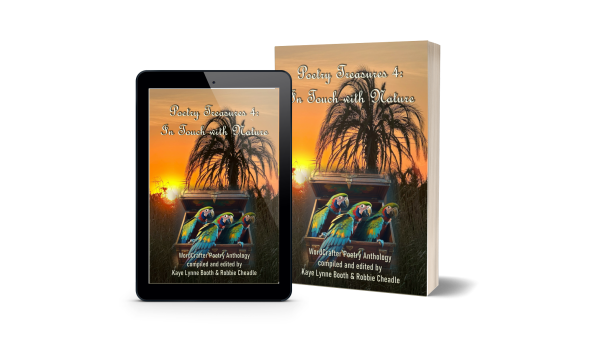
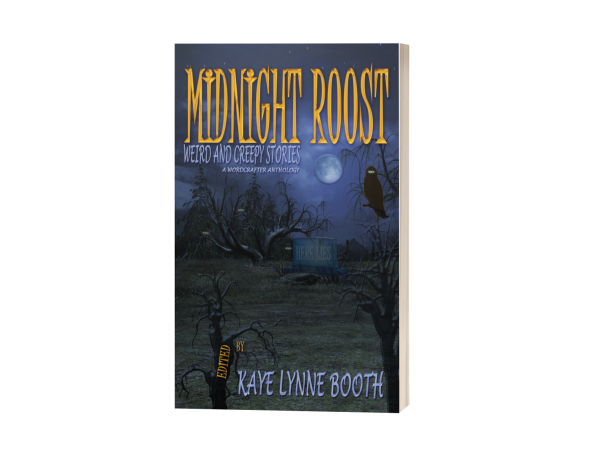



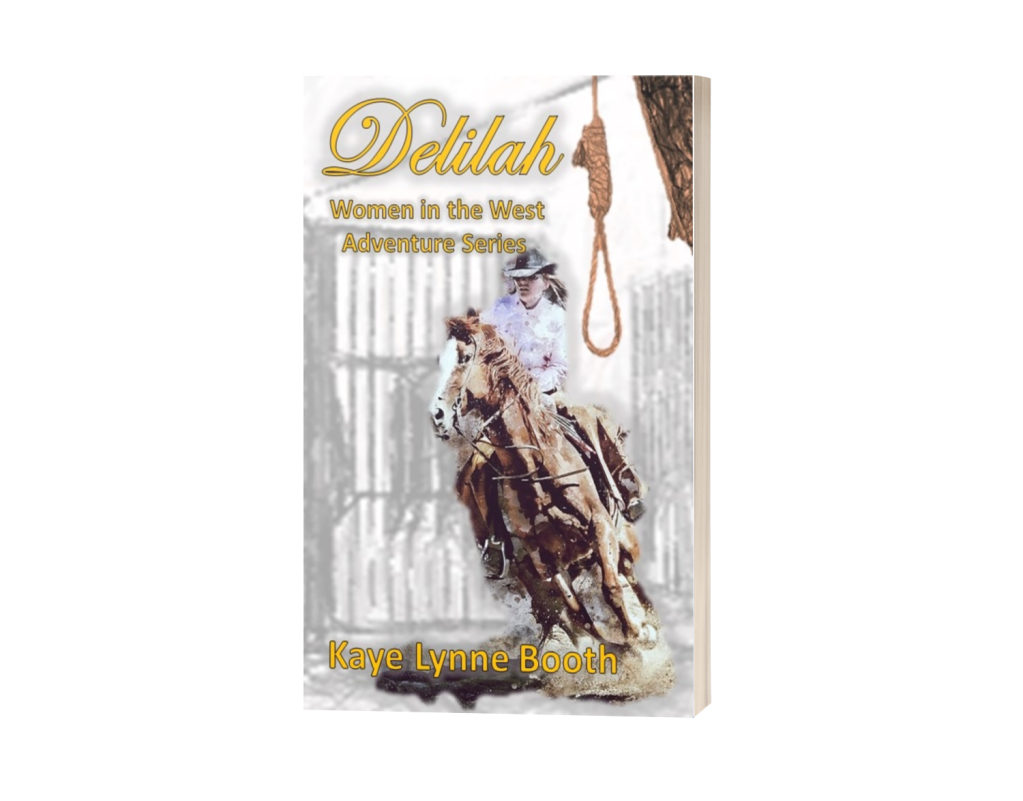
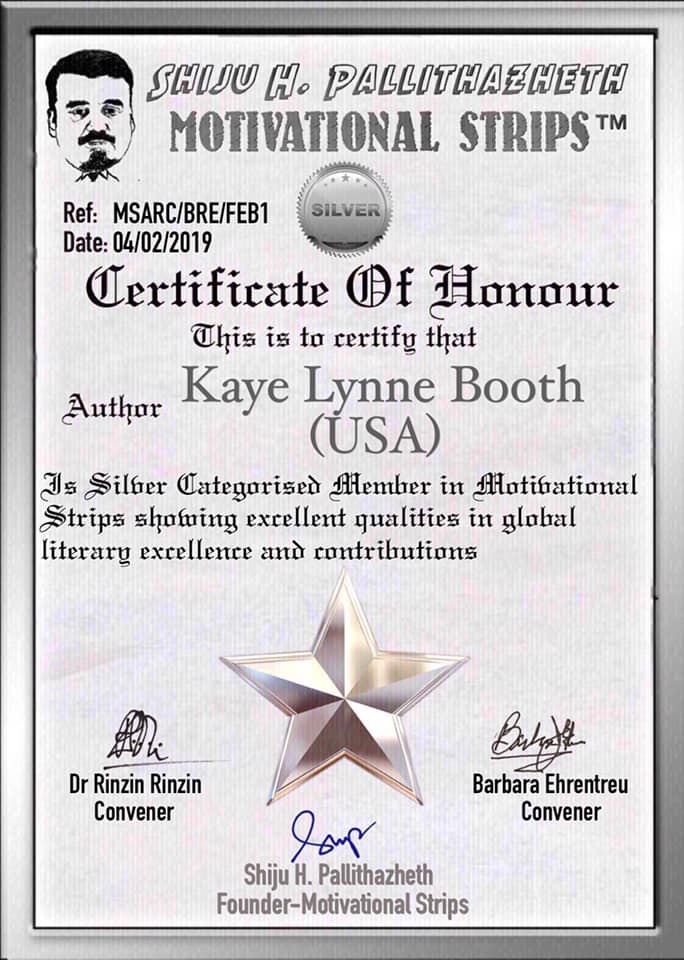
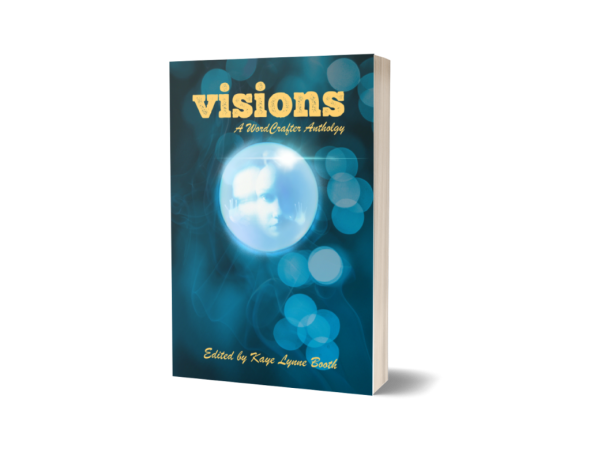


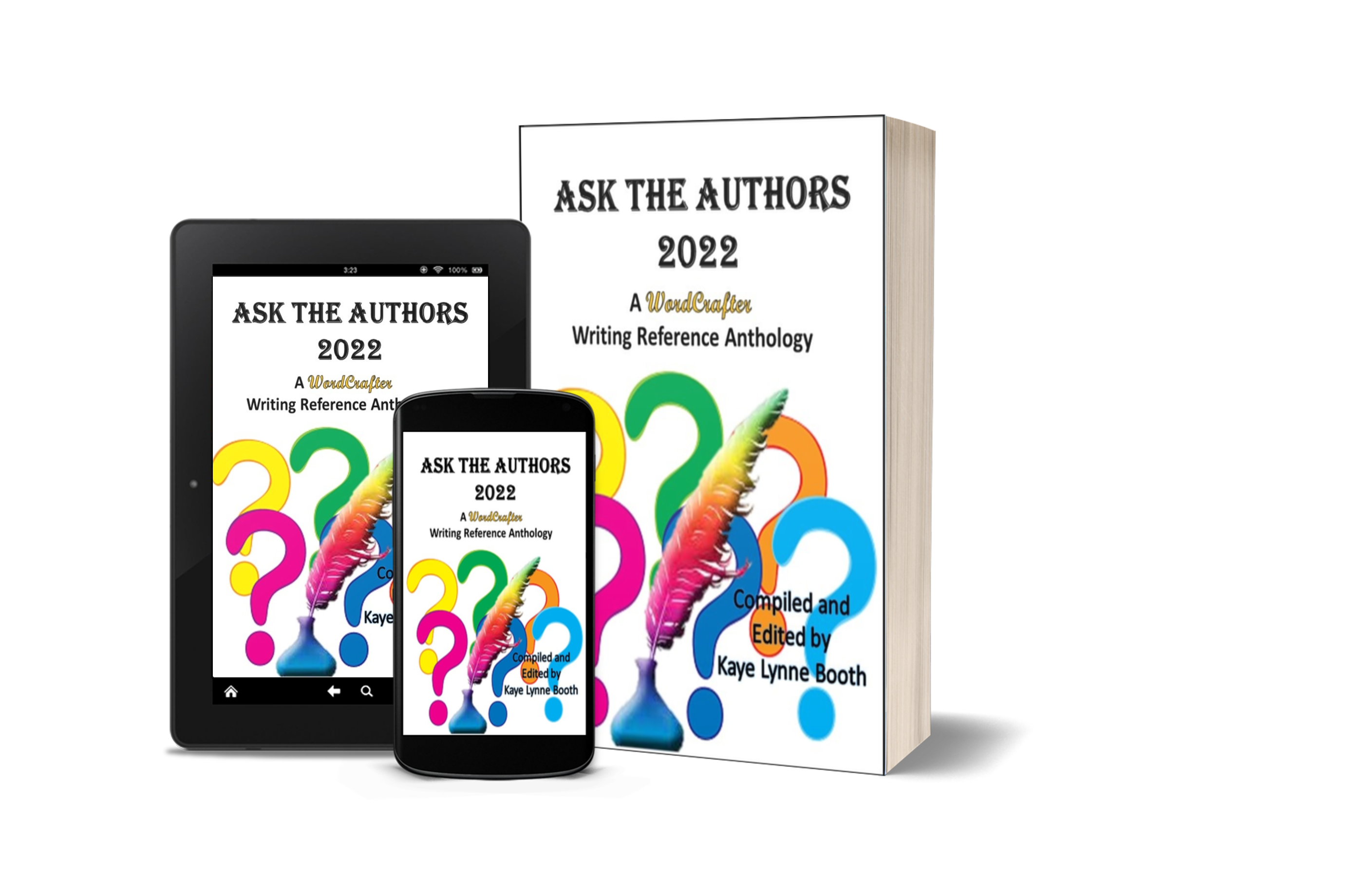
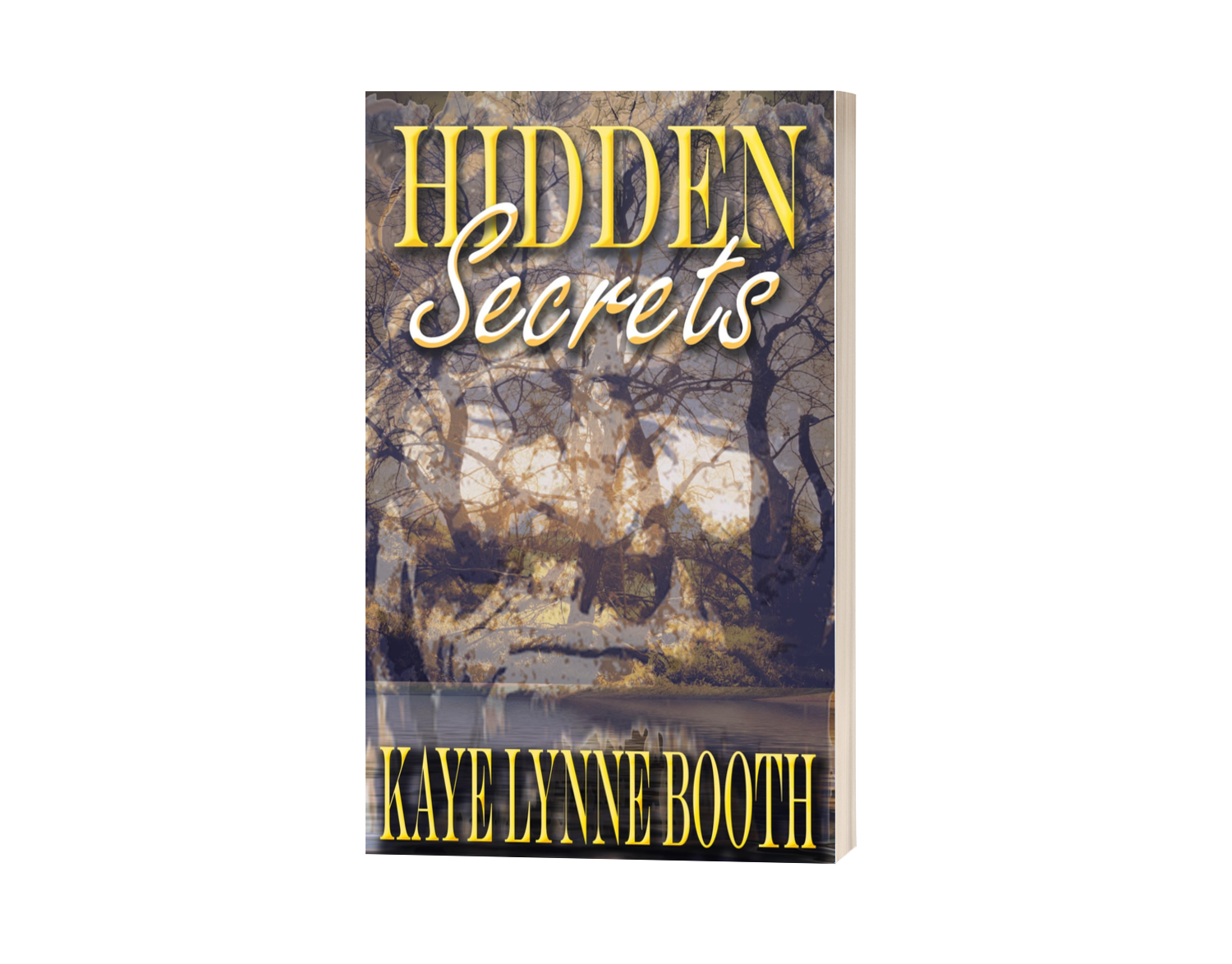
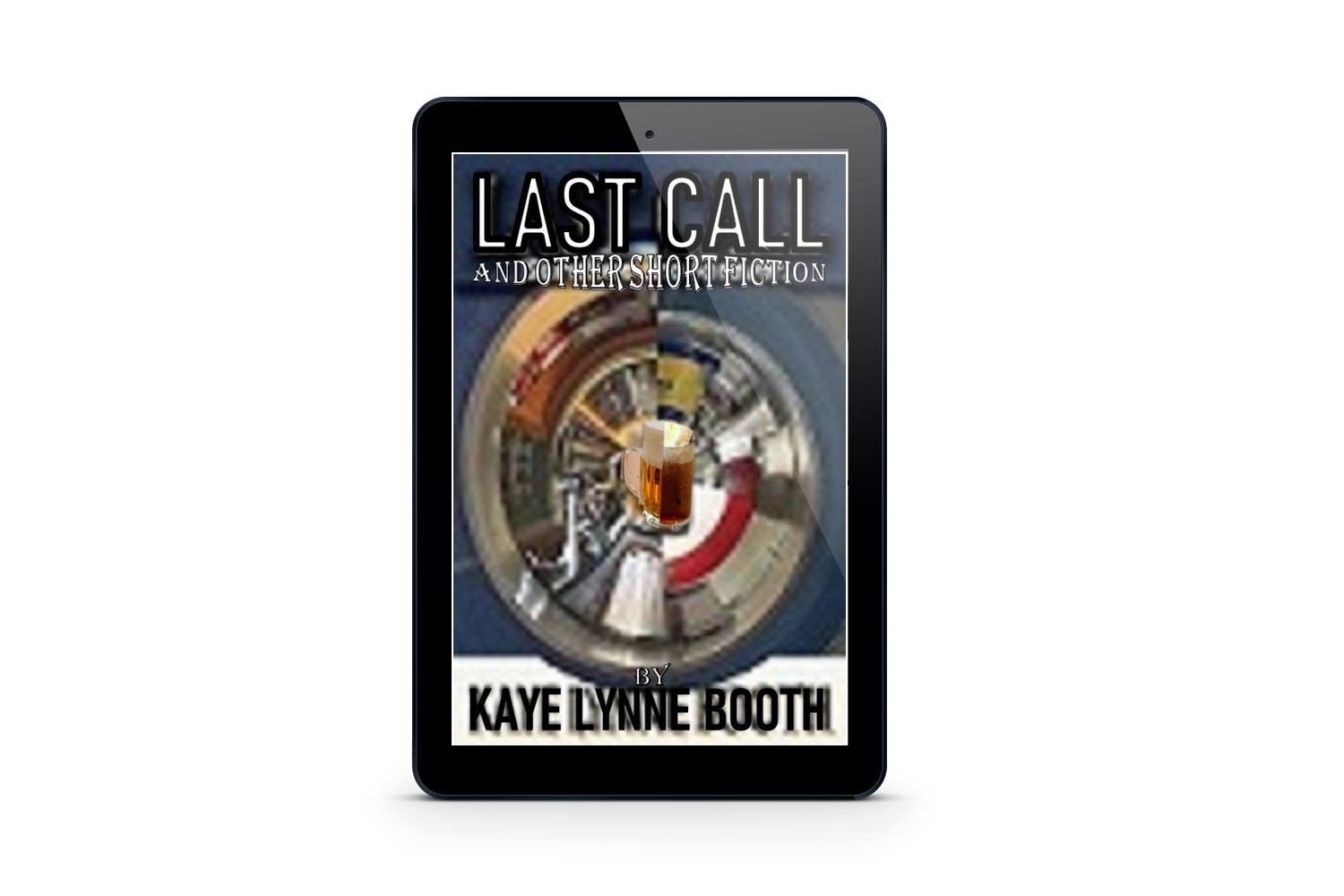
[…] week in Part 1, I explored story origins, and the tools you use to shape an idea into a movie plot with a beat sheet. Now I’ll talk about tools, like the step outline, which are used to convince […]
LikeLike
[…] Parts 1, I talked about how the story goes from idea to beat sheet and/or outline. In Part 2, I described the tools used to sell a screenplay. Now, let’s look at the research that […]
LikeLike
[…] looked at how a screenplay goes from idea to beat sheet or outline in Part 1. And we’ve seen that the tools used to sell your screenplay, such as the logline and […]
LikeLike
[…] for it, as well as written two full features, one action, Across the Border, and one bio-pic, Bonnie. I’ve tried my hand at writing comedy with the television scripts, and I’ve delved into a […]
LikeLike
[…] would be second in line. Other popular posts include my four part Making of a Screenplay series,( Part 1, Part 2, Part 3, and Part 4), my Tribute to My Son, and What Amazon’s New Review Policies […]
LikeLike
[…] portions of my thesis in my four part series, The Making of a Screenplay: The Creative Process: Part 1 covers story origins and the tools used to shape an idea into a movie plot, Part 2 discusses the […]
LikeLike